Water For Life and Pleasure: An Exploratory Journey Through India's Water Heritage - From Bronze Age Civilisation to the Modern Period
Imagine India without the presence of the mighty Himalayas in its north. India would have been the eastern extension of the great Arabian Desert with miles and miles of massive dunes and harsh living conditions. Today India is the world's most populous country because of the monsoon rain that lasts for 4 months every year. Monsoon sustains both human and animal lives in India and transforms its landscape into lush green forests and farmlands.
However, the monsoon is also erratic. In some years most of India goes through a dry spell. There is a severe water shortage if the rainfall is not adequate. Our ancestors devised many rainwater harvesting techniques to quench thrust and irrigate their farmlands. It was a sacred act to conserve water for sustainability. While some techniques such as building step wells or baolis were indigenously evolved, others such as the Karez system were introduced from Iran. Today much of our historical knowledge of water conservation is forgotten thanks to the excessive use of piped water.
Our ancestors also explored ideas in water. They invented ideas of amusement and pleasure through the water. Cities developed around rivers or tanks also flourished as 'Tirtha'.
Today water heritage of India's past is an essential component of Indian archaeology. There are also ethnic communities whose life revolves around excess water or a high shortage of water. There are riverine people and desert communities. This book is an exploratory journey of India's water heritage from a traveller's perspective. It covers 14 stories from Rajasthan, Gujarat, Madhya Pradesh, Uttar Pradesh, Odisha, Assam, Tamil Nadu and Deccan. These stories are based on my travel experiences revolving around various themes, such as water and spirituality. sustainability, war and conflicts, trade, pleasure and amusement, conservation, architecture, aesthetics, etc.
Get it now and save 10%
BECOME A MEMBER

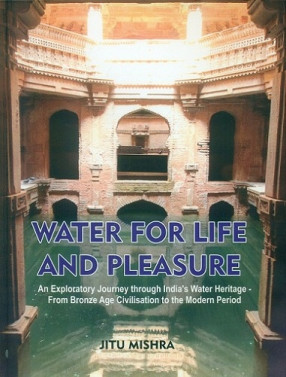
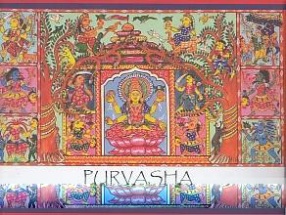

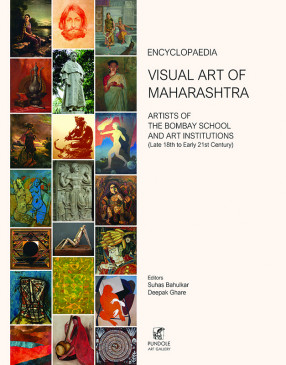
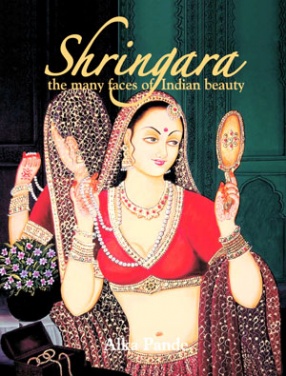
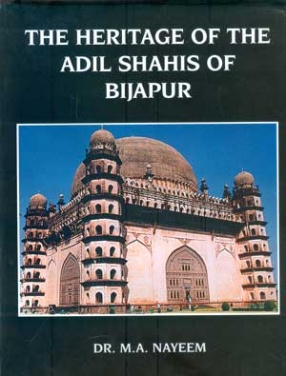

Bibliographic information